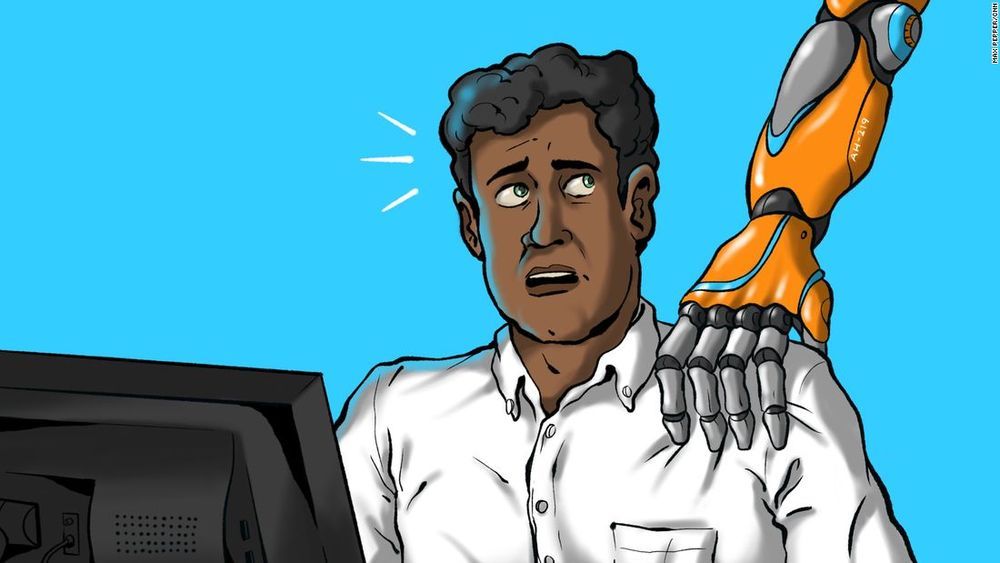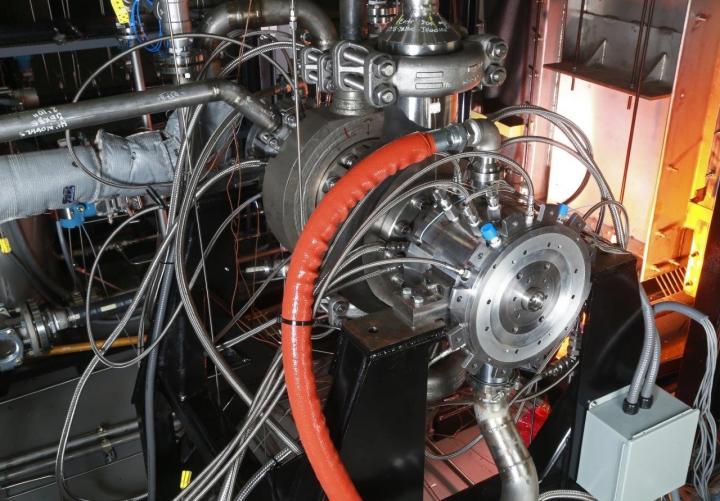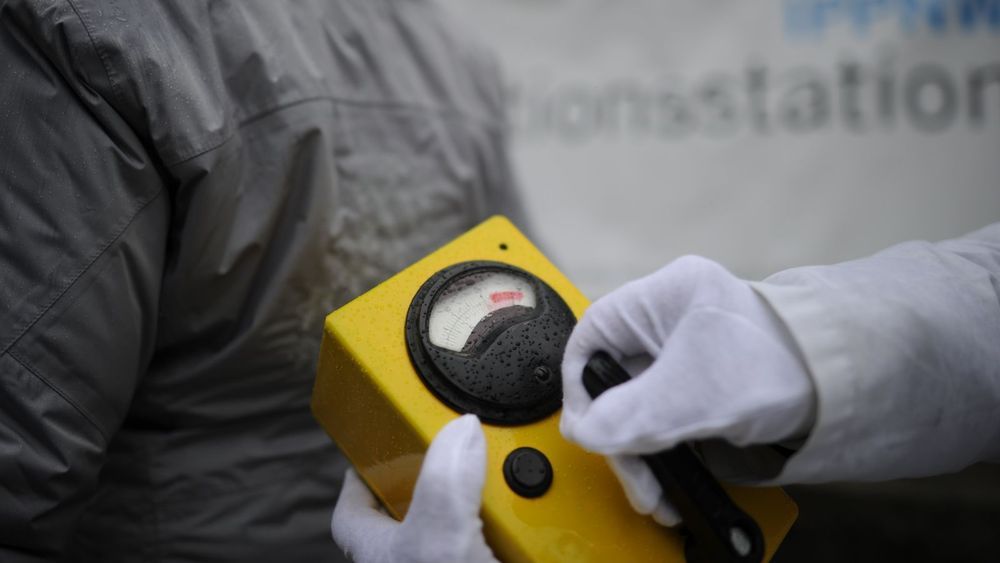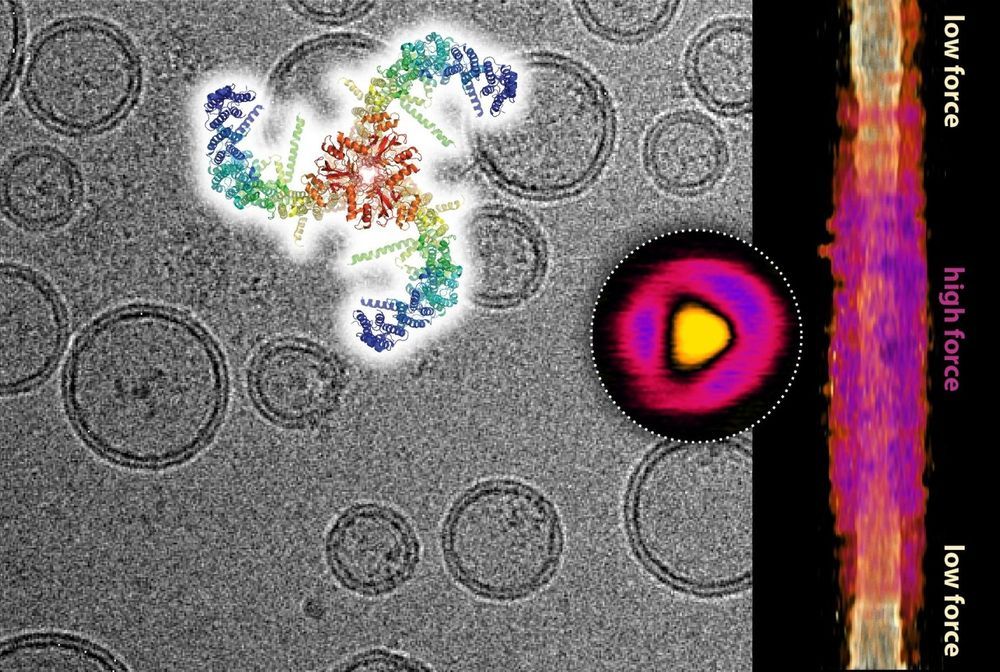Music as we know it may be on its way out, with bands and artists making way for personalized playlists and tunes generated by artificial intelligence for each individual listener.
AI killed the radio star.


Designed to explore a metal asteroid that could be the heart of a planet, the Psyche mission is readying for a 2022 launch. After extensive review, NASA Headquarters in Washington has approved the mission to begin the final design and fabrication phase, otherwise known as Phase C. This is when the Psyche team finalizes the system design, develops detailed plans and procedures for the spacecraft and science mission, and completes both assembly and testing of the spacecraft and its subsystems.
“The Psyche team is not only elated that we have the go-ahead for Phase C, more importantly we are ready,” said Principal Investigator Lindy Elkins-Tanton of Arizona State University in Tempe. “With the transition into this new mission phase, we are one big step closer to uncovering the secrets of Psyche, a giant mysterious metallic asteroid, and that means the world to us.”
The mission still has three more phases to clear. Phase D, which will begin sometime in early 2021, includes final spacecraft assembly and testing, along with the August 2022 launch. Phase E, which begins soon after Psyche hits the vacuum of space, covers the mission’s deep-space operations and science collection. Finally, Phase F occurs after the mission has completed its science operations; it includes both decommissioning the spacecraft and archiving engineering and science data.

Almost everyone who has thought seriously about this has said that more automation is likely to lead to more inequality.
The robots. They’re coming for your jobs. All of you.
Long the prediction of futurists and philosophers, the lived reality of technology replacing human work has been a constant feature since the cotton gin, the assembly line and, more recently, the computer.
What is very much up for debate in the imaginations of economists and Hollywood producers is whether the future will look like “The Terminator,” with self-aware Schwarzenegger bots on the hunt, or “The Jetsons,” with obedient robo-maids leaving us humans very little work and plenty of time for leisure and family. The most chilling future in film may be that in Disney’s “Wall-E,” where people are all too fat to stand, too busy staring at screens to talk to each other and too distracted to realize that the machines have taken over.

SAN ANTONIO — April 8, 2019 — A team of Southwest Research Institute and General Electric (GE) engineers have designed, built and tested the highest temperature supercritical carbon dioxide (sCO2) turbine in the world. The turbine was developed with $6.8 million of funding from the U.S. Department of Energy (DOE) Solar Energy Technologies Office (SETO), in addition to $3 million from commercial partners GE Research, Thar Energy, Electric Power Research Institute, Aramco Services Company and Navy Nuclear Laboratory. Additionally, the DOE’s Advanced Research Projects Agency — Energy (ARPA-E) Full-Spectrum Optimized Conversion and Utilization of Sunlight (FOCUS) program provided financial support and extended the test program to validate advanced thermal seals.
Copyright © 2019 by the American Association for the Advancement of Science (AAAS)

A doctor who treated survivors of a mysterious nuclear accident in Russia was told that the radioactive isotope cesium-137 must have made its way into their body due to “Fukushima crabs,” according to CNN.
The August 8 incident at the Nyonoksa testing range on a platform in the White Sea has not yet been fully explained, but at least seven individuals have been reported dead after what nuclear agency Rosatom described as an accident involving an “isotope power source for a liquid-fuelled rocket engine.” It later emerged that the incident was serious enough that Russian officials in Arkhangelsk wavered over the issue of whether to issue evacuation orders for nearby towns. While several of the personnel deaths were due to an onsite explosion, the Washington Post reported this week (citing the Novaya Gazeta newspaper) that two individuals had died of radiation exposure before they could be taken to Moscow for treatment.

Researchers from Weill Cornell Medicine and the Rockefeller University say they have uncovered the basic mechanism of Piezo proteins, which function as sensors in the body for mechanical stimuli such as touch, bladder fullness, and blood pressure. The discovery opens up many new paths of investigation into the roles of Piezo proteins in human diseases and potential new therapeutic strategies, according to the scientists.
In the study (“Force-induced conformational changes in PIEZO1”), published in Nature, the team used advanced microscopy techniques to image the Piezo1 protein at rest and during the application of mechanical forces. They confirmed this complex protein’s structure and showed essentially how it can convert mechanical stimuli into an electrical signal.
“Piezo1 is a mechanosensitive channel that converts applied force into electrical signals. Partial molecular structures show that Piezo1 is a bowl-shaped trimer with extended arms. Here we use cryo-electron microscopy to show that Piezo1 adopts different degrees of curvature in lipid vesicles of different sizes. We also use high-speed atomic force microscopy to analyze the deformability of Piezo1 under force in membranes on a mica surface and show that Piezo1 can be flattened reversibly into the membrane plane,” the investigators wrote.

Researchers from Carnegie Mellon University (CMU) and Nanyang Technological University, Singapore (NTU Singapore) have developed an organ-on-an-electronic-chip platform, which uses bioelectrical sensors to measure the electrophysiology of the heart cells in three dimensions. These 3D, self-rolling biosensor arrays coil up over heart cell spheroid tissues to form an “organ-on-e-chip,” thus enabling the researchers to study how cells communicate with each other in multicellular systems such as the heart.
The organ-on-e-chip approach will help develop and assess the efficacy of drugs for disease treatment—perhaps even enabling researchers to screen for drugs and toxins directly on a human-like tissue, rather than testing on animal tissue. The platform will also be used to shed light on the connection between the heart’s electrical signals and disease, such as arrhythmias. The research, published in Science Advances, allows the researchers to investigate processes in cultured cells that currently are not accessible, such as tissue development and cell maturation.
“For decades, electrophysiology was done using cells and cultures on two-dimensional surfaces, such as culture dishes,” says Associate Professor of Biomedical Engineering (BME) and Materials Science & Engineering (MSE) Tzahi Cohen-Karni. “We are trying to circumvent the challenge of reading the heart’s electrical patterns in 3D by developing a way to shrink-wrap sensors around heart cells and extracting electrophysiological information from this tissue.”
Some treatments for neurodegenerative diseases involve inserting wires into the brain and zapping certain brain cells with electricity. But what if you could do the same thing using sound waves?
Nootropics are colloquially known as “smart drugs” – substances that increase cognitive function in healthy people. In this video, bestselling author Dave Asprey discusses two naturally occurring nootropics: caffeine and nicotine.
Microdosing one milligram of the latter — about 5 to 10 percent of a cigarette’s worth — may even protect against Alzheimer’s.